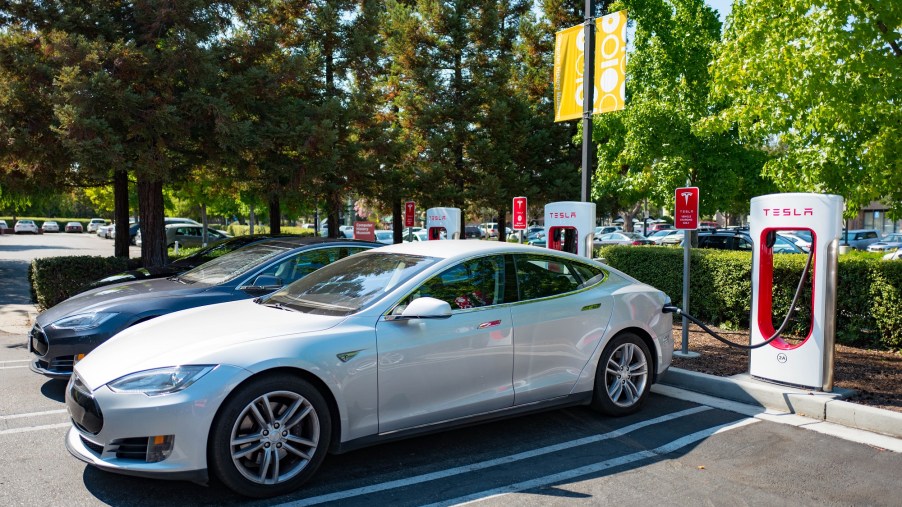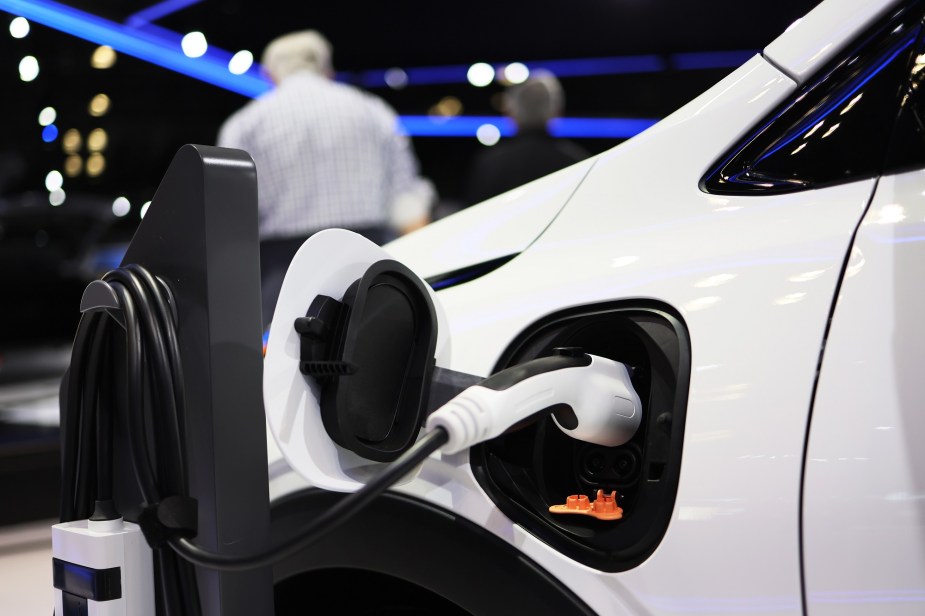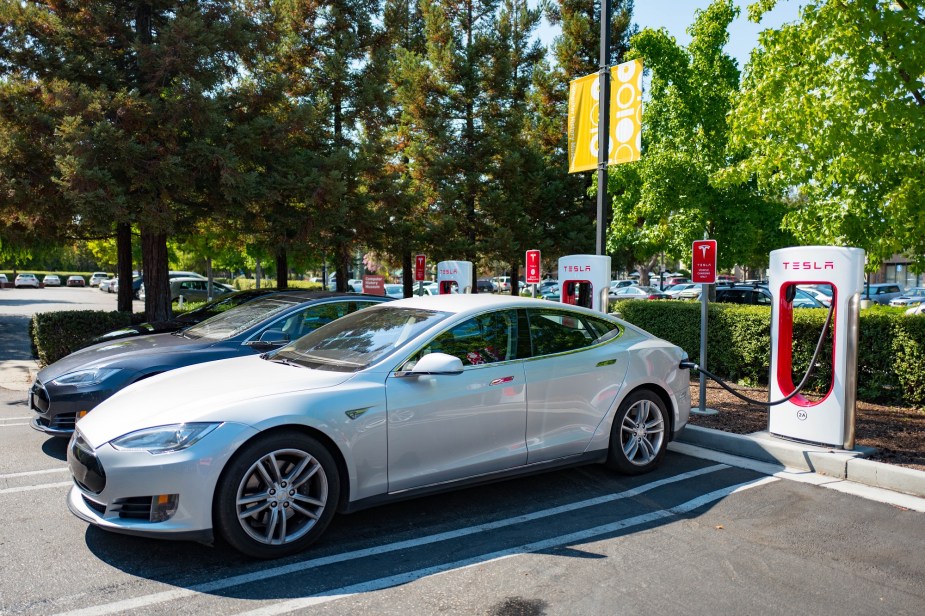
Buying an EV: 5 Disadvantages to Consider
Electric vehicles (EVs) might be the future of cars and personal transportation. They’re cleaner running than gas-powered vehicles and a tempting prospect if you never want to pump gasoline again. However, if you’re in the market for an EV, you might want to consider some of the downsides. Here are five disadvantages of buying an EV instead of a gas-powered vehicle.
What is range anxiety?
Electric car drivers routinely experience a phenomenon known as range anxiety. It occurs when drivers fear that they will run out of battery charge before they make it to their destination or a charging point. It may sound silly, but the prospect of being stranded on the side of the road is grim.

There are driving practices that increase range, like avoiding the use of unnecessary accessories or keeping speeds to a reasonable level. However, electric vehicles have finite ranges and take longer to charge than gas-powered vehicles take to fill up. Still, in a city landscape, buying an EV could be much easier with charging infrastructure.
Will electric cars work in cold climates?
Yes, electric vehicles will work in cold and hot weather. However, temperature extremes dramatically impact battery life. AAA reports that at 20 degrees Fahrenheit, EV battery performance drops by as much as 41 percent. Batteries are similarly susceptible to extreme heat. Specifically, driving ranges will be decreased by around 17 percent at 95 degrees Fahrenheit.
The cause of the driving range issues is mainly founded on the increased use of heating and air conditioning. Air conditioning is less taxing on the power supply than the interior heat. Still, using any climate control drains the power and decreases driving range. As a result, potential customers are often discouraged from buying an EV.
What is thermal runaway?
In an accident involving an EV, there is a possibility of a thermal runaway. Thermal runaway is a chain reaction of combustion that occurs when individual batteries burn and then cause the next one to burn. The process is challenging for firefighters to contain, and in some instances, EVs will continue to light on fire for days or even weeks.
How long does it take to fully charge an EV?
One of the disadvantages of buying an EV is the length of time that it takes to charge. Although fast charging equipment is available, it is still a lengthier process than brimming a gas tank. According to Kelley Blue Book (KBB), charging a Nissan Leaf, a common entry-level electric sedan, takes an average of eight hours. Conversely, charging the long-range Tesla Model S takes a lengthier twelve hours with a Tesla Wall Connector. KBB got these results using a level two connector, but using a fast charger will likely result in much more rapid charging.

How much does it cost to buy an EV?
One of the things that prompt consumers to avoid buying an electric car is the initial cost of purchase. Many EVs cost more than comparable gas-powered vehicles, but they save drivers money in fuel costs and regular maintenance.
So why buy an EV, then?
Buying an EV isn’t all range anxiety and battery fires (thank goodness). Companies like Tesla and Volvo are spearheading safety measures to mitigate flammability, and many EVs are getting high safety ratings. Furthermore, an EV could be a prudent purchase if you live in an urban environment with fast charging infrastructure. Finally, while charging an electric car still draws power from the grid, the running emissions are zero.
Scroll down to the following article to read about Volvo’s safety initiatives with the Boston Fire Department.



